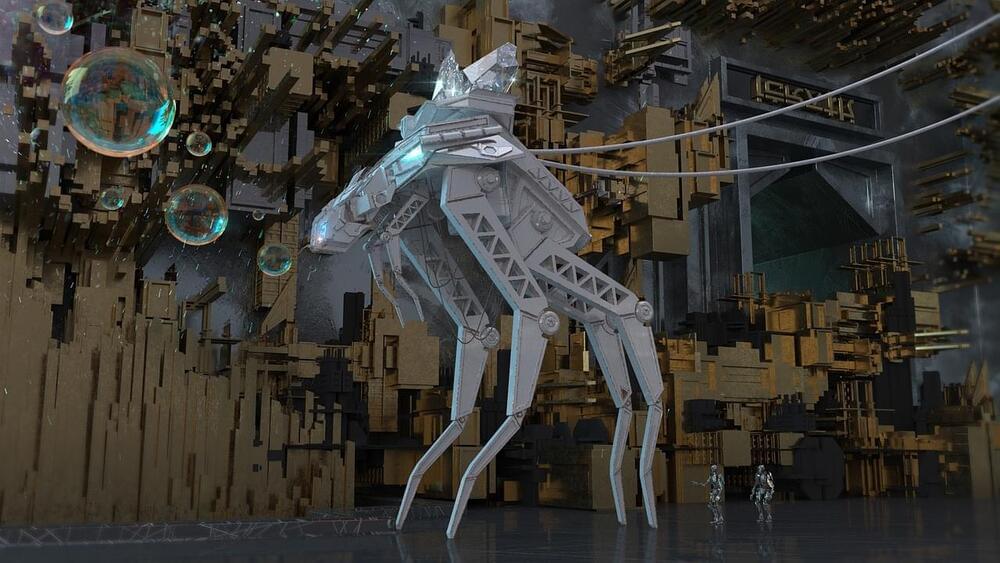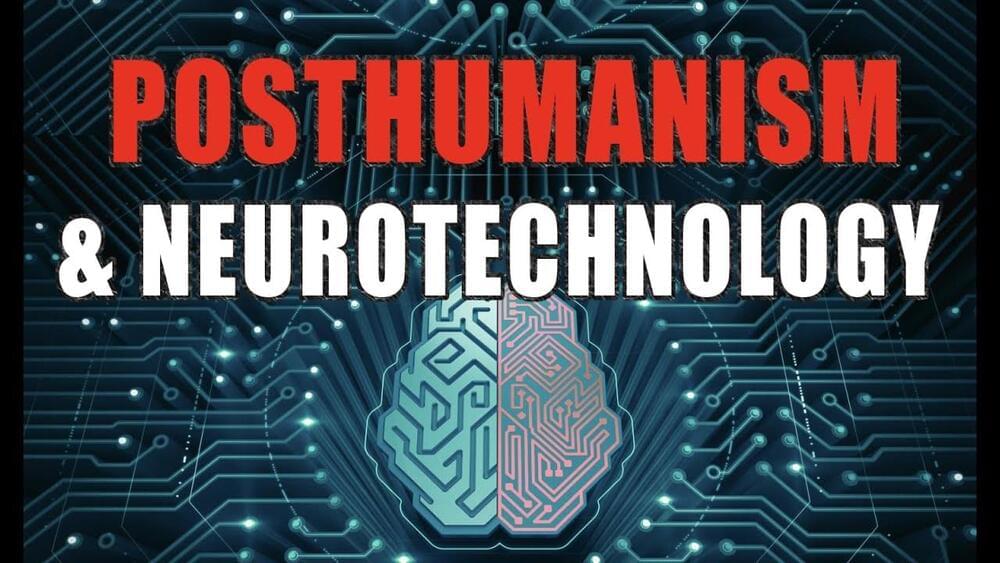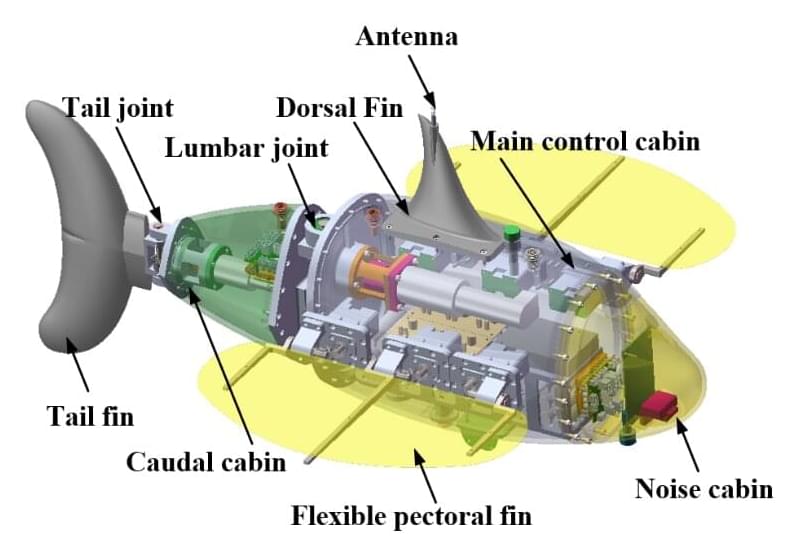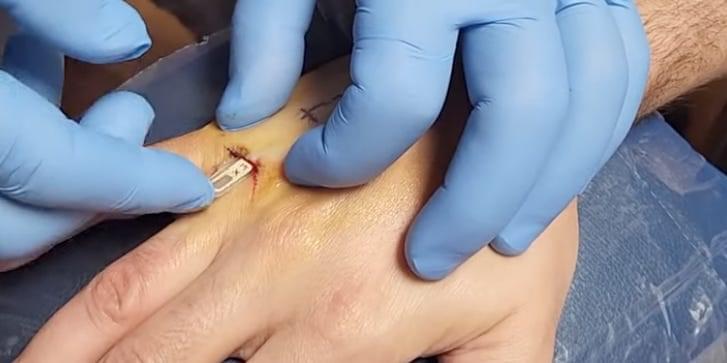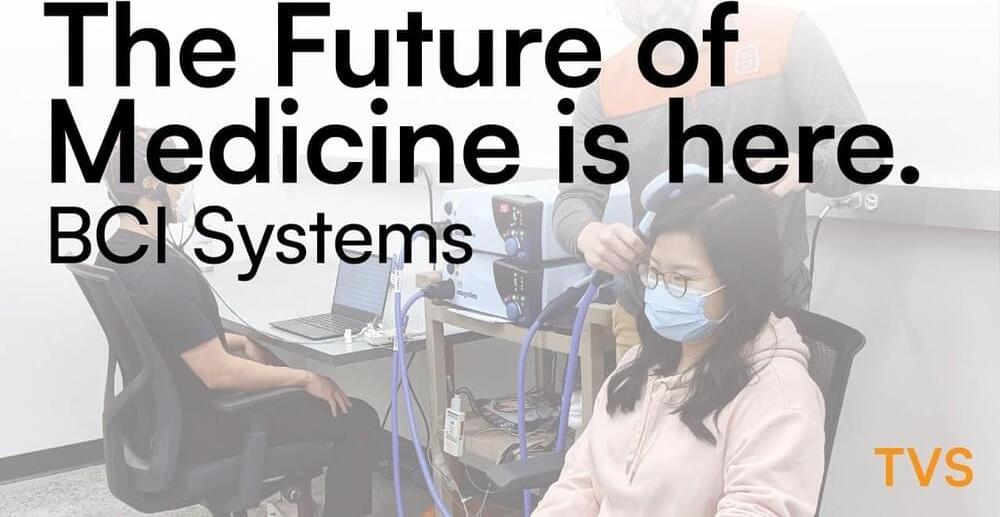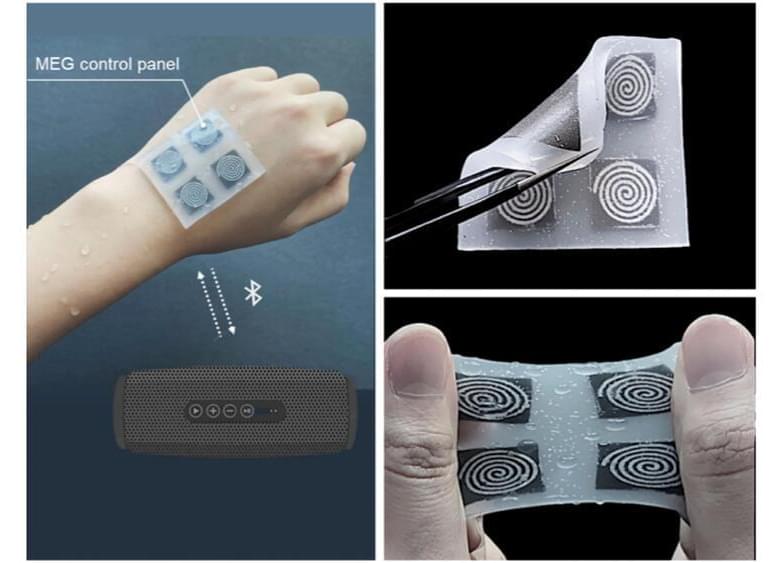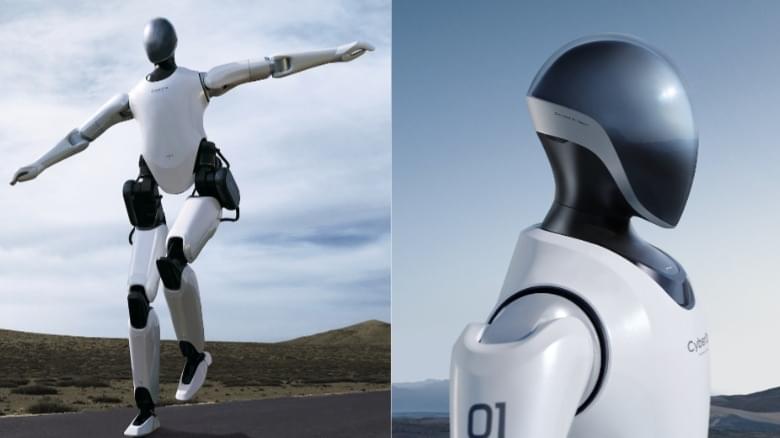Sep 1, 2022
Meet China’s Cyber Dog — The Future Of Robotics
Posted by Shubham Ghosh Roy in categories: cyborgs, robotics/AI, transhumanism
This post is also available in:  עברית (Hebrew)
עברית (Hebrew)
China has developed the world’s largest electric-powered quadruped bionic robot, which is expected to join logistics delivery and reconnaissance missions in complex environments that have proven too challenging for human soldiers, including remote border regions and highly risky combat zones, analysts said.
In December, China announced that it would work to become a leading global player in robotics by 2025 under a five-year plan.
